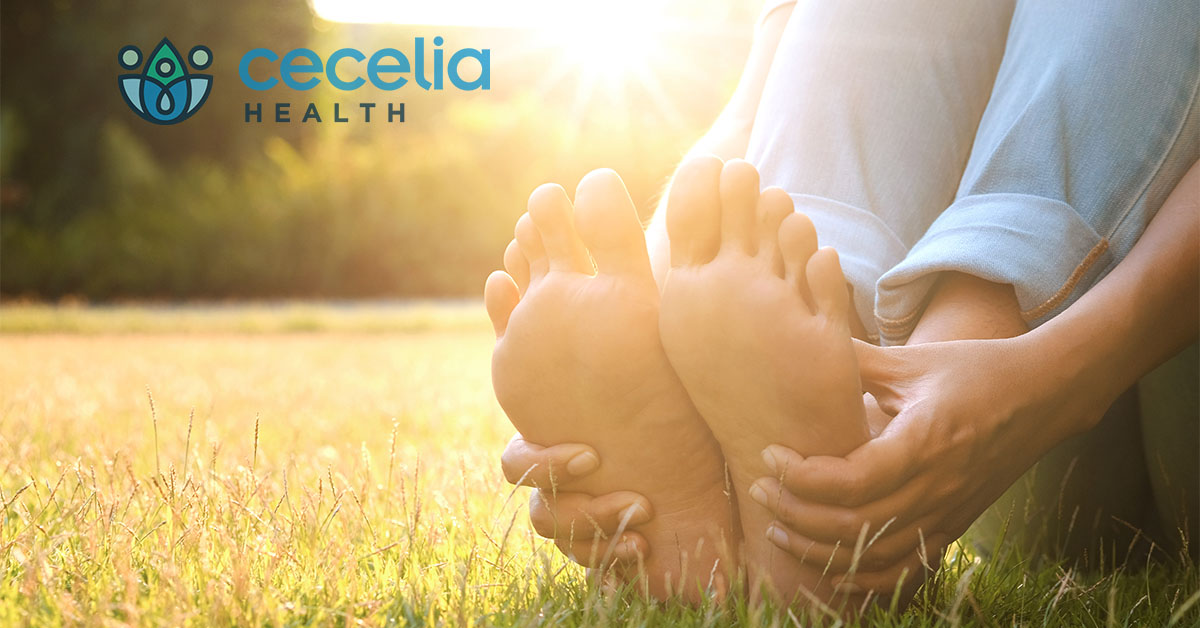For persons living with diabetes, there’s more to day-to-day living than just watching what you eat. For persons with diabetes, there’s an elevated risk for complications including one’s feet. A small injury to the foot can become a serious medical situation in the presence of diabetes.
Persons with diabetes have a higher risk of nerve damage resulting in a loss of feeling in the feet. They just don’t feel an injury the way persons without diabetes do. Additionally, persons with diabetes tend to have reduced blood flow to the feet — smoking makes this worse. This reduced blood flow may present challenges if there’s a wound or infection. When there’s a loss of feeling and reduced blood flow combined, these issues support missing an early injury leading to a non-healing wound or infection and perhaps an amputation.
Diabetes foot care guidelines to reduce risk of foot complications and / or amputation include:
- Check feet every day. You want to check for cuts, blisters, redness, swelling or toe nail problems. Use a mirror to look at the bottom of your feet — a magnifying mirror on the floor may make it easier to see the complete foot. Call a healthcare provider if you notice anything.
- Check water temperature before bathing. Keep feet clean by washing them daily using only warm water, never hot water — think in terms of the temperature you would use on a young child.
- Wash feet carefully using a soft washcloth. Clean and dry feet by blotting or patting — not rubbing or scrubbing — and carefully clean and dry between the toes.
- Moisturize feet but not between the toes. Use an alcohol-free moisturizer to keep skin supple and minimize itching or cracking. Avoid moisturizing between the toes — keeping the area between toes moist could encourage a fungal infection and future problems.
- Trim nails carefully. Cut nails straight across and file rough edges. If you have concerns about your nails, consult your doctor or a podiatrist.
- NEVER cut corns or calluses yourself. “Bathroom surgery” or medicated pads can go terribly wrong in the presence of diabetes. Visit your doctor or a podiatrist for appropriate treatment.
- Wear clean, dry socks. Change socks every day. Socks with extra cushioning, non-elastic tops, and made from fibers that wick moisture away from the skin keeping the skin dry are best.
Never walk barefoot. Not even at home! Always wear shoes or slippers. You could step on something and get a scratch or cut. - Make sure there’s nothing inside shoes before wearing. Unseen foreign objects can rub a wound on the foot quickly.
- Keep your feet warm and dry. Don’t let your feet stay wet. Wear warm socks and shoes. If feet get cold at night, wear socks; NEVER use a heating pad. If feet stay wet from sweating of the feet, consider using an antiperspirant on the soles of feet or a moisture absorbing powder.
- Get regular foot exams. Foot exams by a healthcare professional can find sensation, circulation, skin changes, and bone abnormalities or injuries before they become serious problems. How often should you have an exam? The American Diabetes Association recommends foot exams annually or every 3 – 6 months if there’s any indication of loss of sensation; every 2 – 3 months in the presence of any complications.
- Act sooner rather than later. If you discover something that concerns you about your feet, go to a healthcare provider. Diabetes foot care is not something you “wait and see”.
- Take care of your diabetes. Good blood sugar control reduces risk of diabetes complications and promotes general wellness — from head to toe. If you do have a wound, good glucose control will promote healing.
Approximately 200,000 lower extremity amputations happened in the United States last year from diabetes-related infections. Most of these could be prevented by proper care and daily inspection of feet. If it’s been a while since your healthcare provider has seen your feet, remove your shoes and socks on the next visit. Find out sooner rather than later if there’s something to correct. Your feet will thank you . . . because feet are meant for walking.
